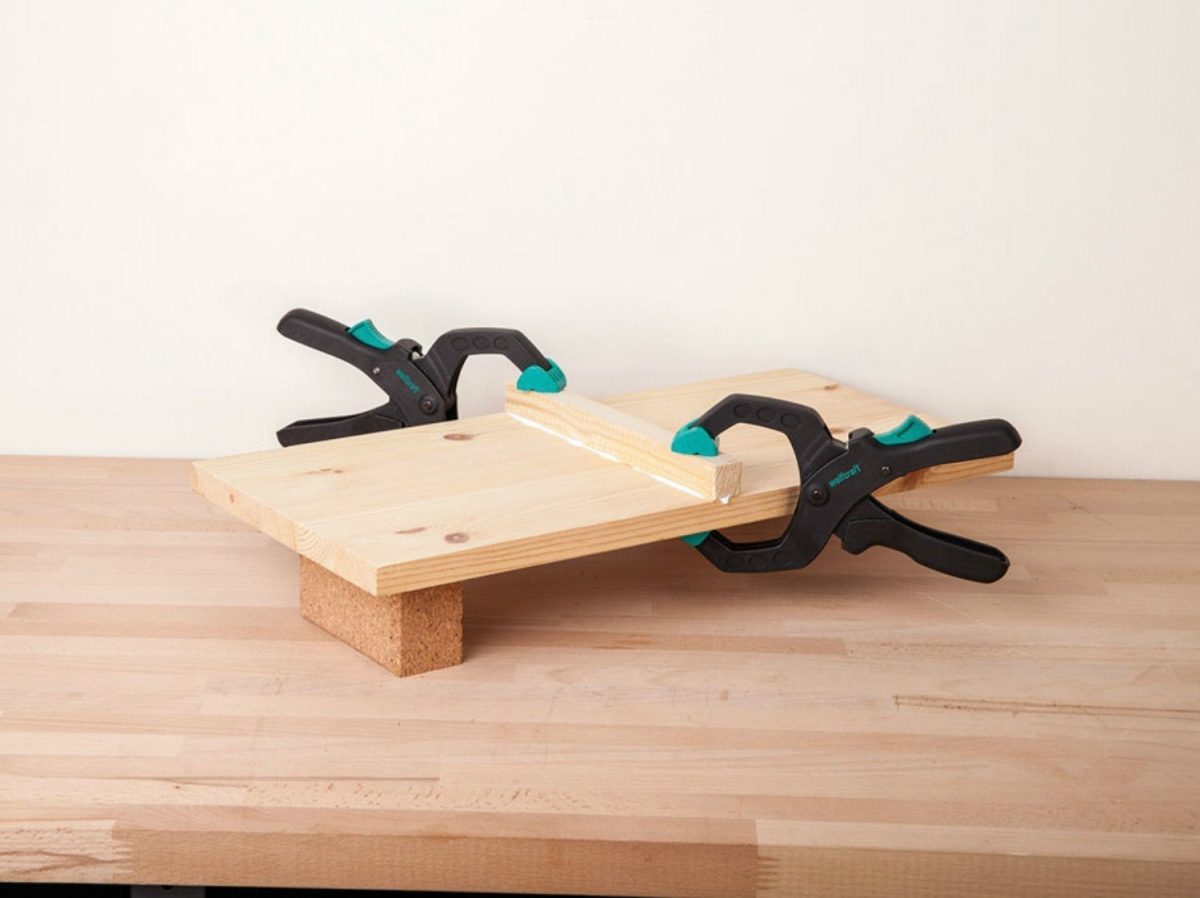Deploy Folding Table of contents
When it comes to the art of carpentry, a clamp is one of the most vital tools in a woodworker’s arsenal. A clamp is used to hold two surfaces in place while glue or other substances dry or while different pieces of wood are clamped together prior to cutting. With so many models out there, it can be difficult to decide which clamp will best suit your needs. In order to choose correctly, it is important to understand the types of clamps available and to evaluate the performance of each one. Additionally, there are some key features of a clamp that must be considered before making a purchase. By following these tips and tricks, the ideal clamp choice can be made with confidence.
Understanding Clamp Types: What to Know
First, it is important to understand that there are several different types of clamps. A bar clamp is a clamp with a long bar that is tightened by turning a handle. This type of clamp is great for clamping large surfaces together, such as a tabletop. C-clamps use a series of clamping bars which are tightened by a screw. C-clamps can be used to hold many different items, from irregularly shaped wood pieces to canvases. T-clamps are another popular clamp choice, as they are great for keeping irregularly shaped objects in place. They are made up of two arms, with a third arm that slides along the bar to adjust tension.
Evaluating Clamp Performance: How to Decide
Once a type of clamp is chosen, it is important to evaluate its performance in order to make the right choice. A key factor to consider is the clamp’s maximum clamping pressure. This determines how tightly a clamp can grip two surfaces together. Also, the reach of a clamp should be examined. This indicates how far apart two surfaces can be placed before the clamp will no longer hold them together. Lastly, the weight of the clamp should be considered, as heavier clamps may be more difficult to maneuver and use for extended periods of time.
Identifying the Best Option: Making the Right Choice
After understanding the types of clamps available and evaluating their performance, the ideal clamp can be chosen. A good rule of thumb is to select a clamp with a maximum clamping pressure that is higher than what is actually needed, as this will ensure that the clamp will not slip during use. Additionally, the reach of the clamp should be appropriate for the project, as a clamp that is too short may not be sufficient for larger projects. The weight of the clamp should also be taken into consideration, as heavier clamps may be too cumbersome for certain tasks.
Examining Key Features: Is It Worth It?
When shopping for a clamp, it is important to pay attention to certain details in order to determine if the clamp is worth the purchase. These details include the materials used to construct the clamp, as well as any additional features the model may have. Clamps made of durable material such as aluminum or steel provide longevity and can be worth the extra cost. Additionally, clamps with adjustable handles, soft jaws, and easy-grip knobs can be beneficial features that help make the clamp more comfortable and easy to use.
Avoiding Mistakes: Tips for Successful Selection
When it comes to selecting the right clamp, there are some common pitfalls that should be avoided. First, always make sure that the type of clamp chosen is right for the job. Also, pay attention to the maximum clamping pressure and reach of the clamp to make sure it will be up to the task. Lastly, look for additional features that make the clamp more comfortable and enjoyable to use. By following these tips and tricks, the perfect clamp can be selected with confidence.
Choosing the right clamp for a woodworking project can be a daunting task. With so many models and types of clamps available, it is important to understand the key features of a good clamp and to evaluate the performance of each one. By taking into consideration the type of clamp, maximum clamping pressure, reach, and additional features, the ideal clamp can be chosen with ease. By following the tips and tricks outlined above, selecting the right clamp can be a breeze.
- Smith, John. Navigating Clamp Selection: Tips and Tricks for the Ideal Choice. Carpenter’s Journal, 16 April 2021.
- McDonald, Helen. The Woodworker’s Guide to Clamps. London: Red Label Publishing, 2005.
- O’Donnell, J. P. Clamps Made Simple. New York: Basic Books, 2007.



